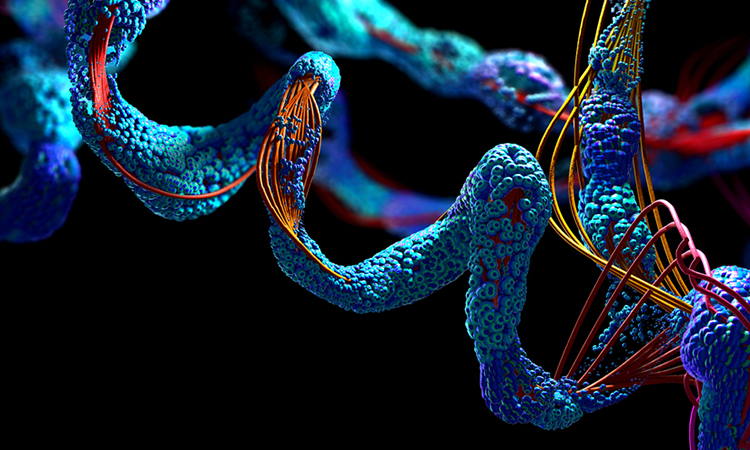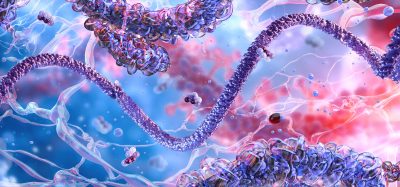Proteomics: dynamics of iron-sulphur cluster binding
Posted: 17 February 2023 | Izzy Wood (Drug Target Review) | No comments yet
Proteomic platform developed by US scientists affords a greater insight into the dynamics of iron-sulphur clusters delivery and binding.


Boston College chemists, US, have developed a strategy to monitor the presence or absence of iron-sulphur clusters, which are essential to the function of diverse proteins.
The iron-sulphur (Fe-S) proteomic platform, reported in the journal Nature Chemical Biology, allowed the team to gain a greater insight into the dynamics of iron-sulphur cluster delivery and binding.
Iron-sulphur clusters are found in proteins that are essential to human health, such as DNA repair enzymes, and important in the energy sciences for biofuel cells and cleaner industrial processes. However, the study of iron-sulphur clusters has always been challenging because of the instability and dynamics of the Fe-S cluster-protein complex.
“We set out to develop a technology that would allow us to globally assess the dynamics of Fe-S cluster binding in an entire proteome without the need for laborious protein purification, radioisotopes of iron or sulphur, or previous knowledge of cluster binding sites,” said Senior Research Associate Daniel Bak.
Many proteins contain metal cofactors, such as iron-sulphur clusters, he explained. These inorganic cofactors allow for unique protein functions, such as one-electron redox chemistry, that are not available to the 20 canonical protein amino acids.
The team performed the study in the bacteria E. coli, which is a model organism with a well-characterised iron-sulphur proteome. To measure the binding of Fe-S clusters to protein targets, the team used advanced mass spectrometry-based proteomic strategies coupled with chemical probes, that can differentiate between the cluster-bound and unbound forms of a protein, explained Professor of Chemistry: Eranthie Weerapana.
The team observed differential sensitivity of iron-sulphur clusters to both iron-limitation and impairment of the pathways E. coli use to synthesise Fe-S clusters, suggesting a prioritisation of iron-sulphur cluster delivery in E. coli, the team reports. Knowledge of iron-sulphur cluster prioritisation can provide insight into how different microbes can assimilate and thrive within environmental niches where iron is limited.
The researchers were also able to differentiate the roles of the various iron-sulphur biosynthetic enzymes, some of which are essential for delivery of almost all Fe-S clusters, while others play more specific roles in the delivery of clusters to a specific subset of Fe-S proteins.
“Mining the datasets which we generated, we could compile a list of potentially novel Fe-S proteins, two of which were validated as iron-sulphur cluster binding proteins,” said Weerapana. “This opens the possibility of using proteomics to identify novel Fe-S cluster biology not only in E. coli, but other organisms as well.”
The researchers said the next step is to translate this work to other organisms and model systems, including cell culture models of Fe-S-dependent human diseases such as Friedrich’s Ataxia. The new platform offers a powerful tool to characterise mechanisms of Fe-S cluster synthesis and delivery, as well as identify new iron-sulphur-dependent cellular pathways.
Related topics
Proteomics
Related organisations
Boston College
Related people
Daniel Bak, Eranthie Weerapana






